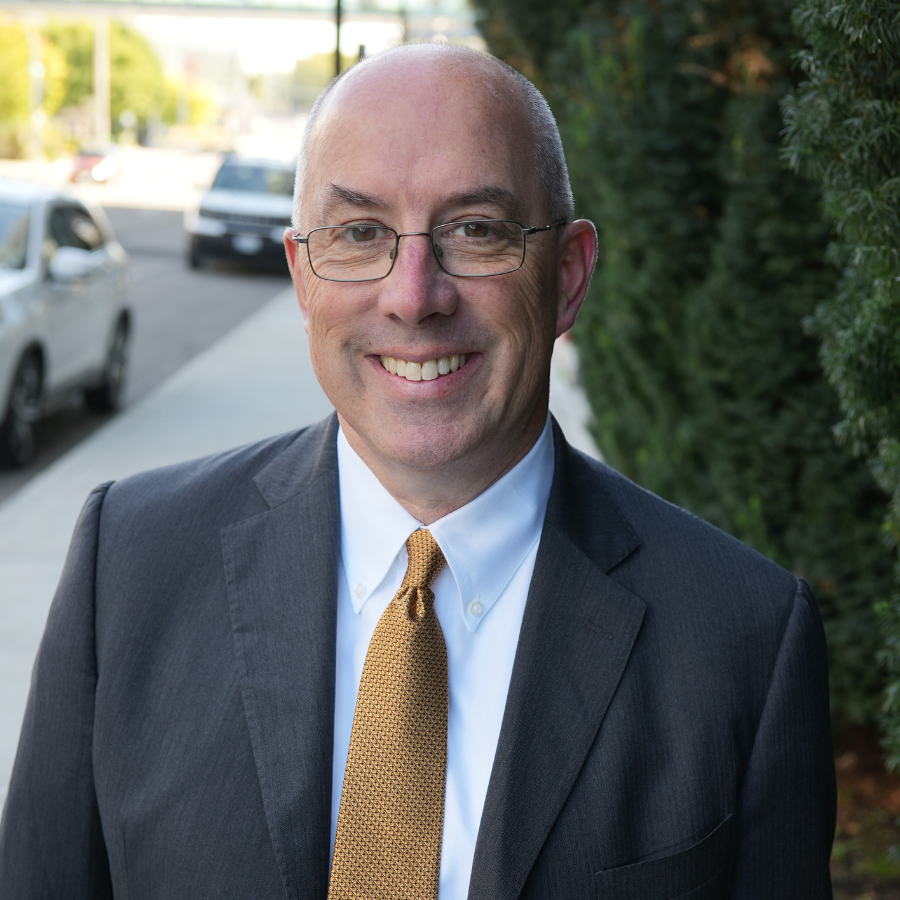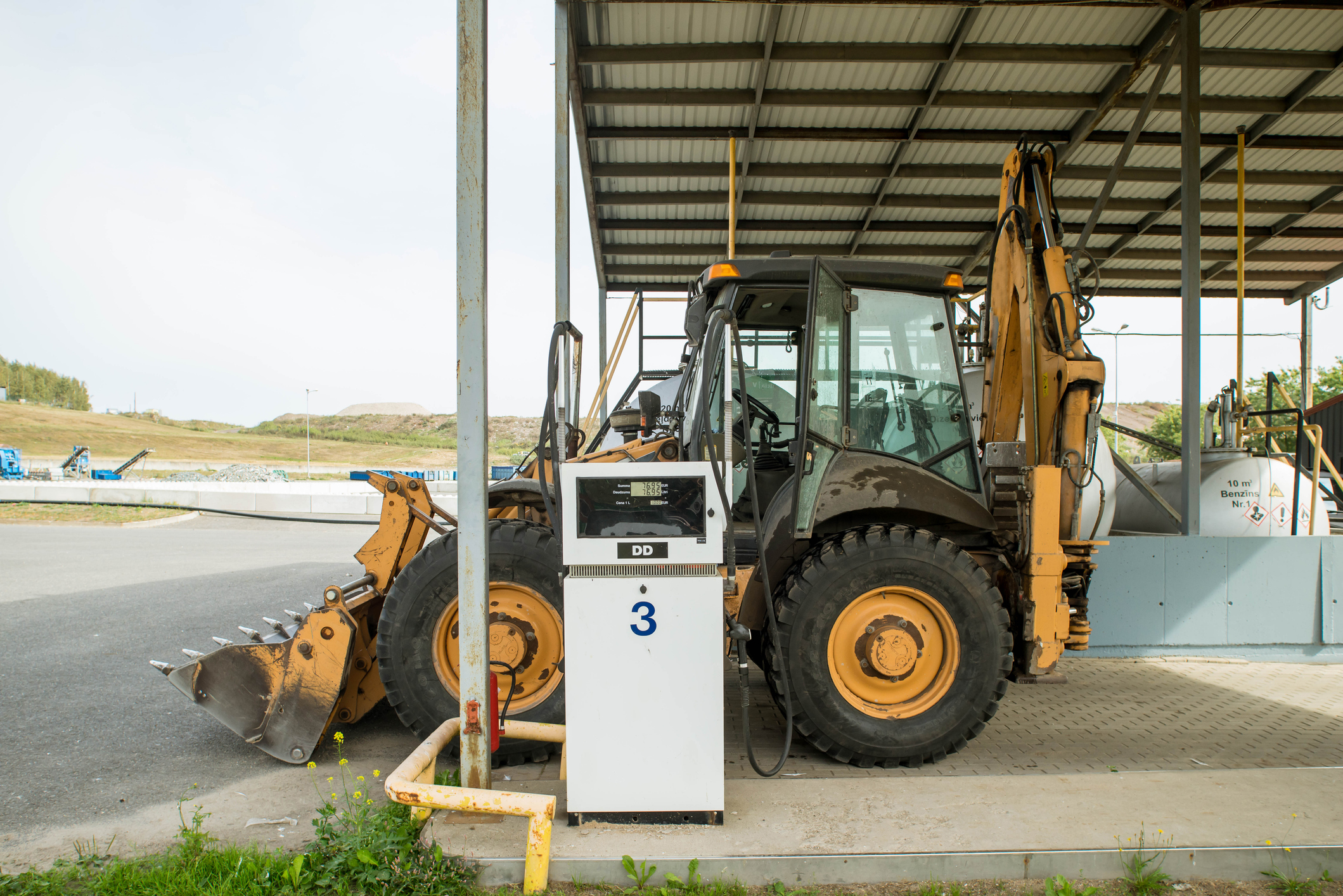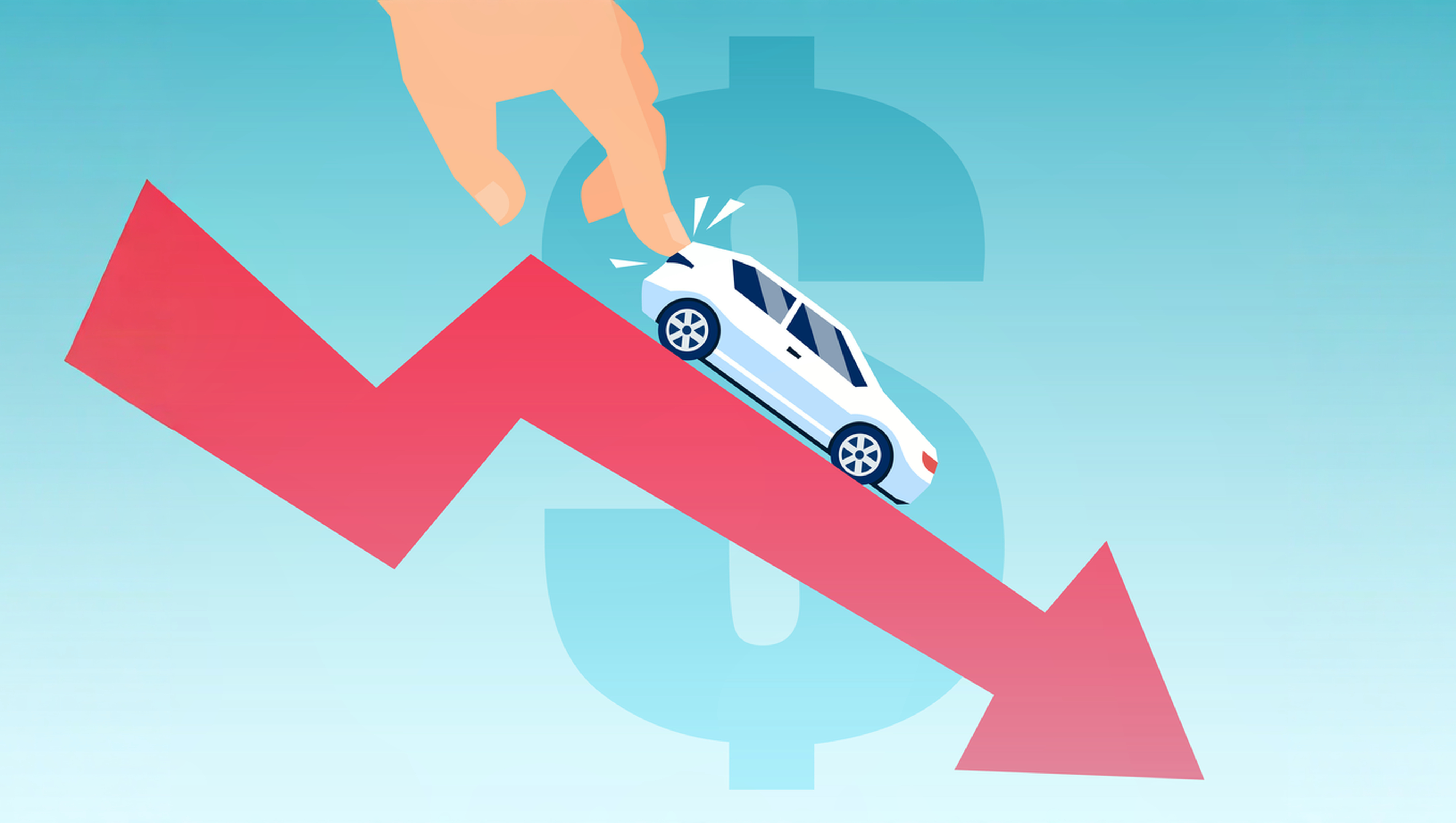Recently, the Issaquah City Council adopted a requirement to require the installation of a large number of electric vehicle (EV) charging stations around the city in an effort to reduce CO2 emissions. This mandate is likely to be extremely expensive but will do virtually nothing (or nothing at all) to reduce CO2 emissions. The rules will fail because the requirement is duplicative of existing state laws, costing local businesses and residents more to do what is already being done, and because current EV charging data show charging stations are rarely used and are likely to become less important in the future.
There are several strategies the city can use to reduce CO2 emissions. Councilmembers should prioritize those efforts that are most effective, working within state laws rather than requiring businesses and citizens to spend money for no climate benefit.
Current EV Usage in Issaquah
Data about existing public EV charging stations in Issaquah demonstrate that they are rarely used, and that where there are multiple chargers, the additional stations are rarely used.
Using data from ChargePoint about available charging stations on a 15-minute basis, we collected data over the course of two months regarding the use of existing EV stations. The only stations that are consistently used are those associated with places where people live, like the zHomes in the Issaquah Highlands, or places of work, like the Issaquah School District offices. Usage there is still intermittent.
The zHomes have two charging stations, and while one is used almost all the time, the second is used only about 25 percent of the time. The school district has two charging stations and they are used only about 15 percent of the time.
Other stations are used far less. The charger at the Issaquah Highlands Safeway is used about 5 percent of the time. Another location one block from Front Street in downtown Issaquah is used about one percent of the time. Even the chargers at the Issaquah Park and Ride are used infrequently, with the most used station averaging under 15 percent and the least used at about 1 percent.
Existing use data show stations are used extremely infrequently, especially at retail locations where people stay for a short period of time.
Future Charging Demand
The assumption behind the requirement to increase the number of charging stations is that the growing number of EVs will require more opportunities to charge vehicles. This may not be accurate. The availability of EV stations is designed to reduce “range anxiety,” where EV drivers don’t know if they have enough power to drive to their destination and back. Trips to the store and other retail locations are not the kind of trips that create range anxiety. Most EVs are charged at home and have more than adequate range to make these trips.
For example, the Nissan Leaf has a standard range of almost 150 miles, and the LEAF PLUS can travel up to 226 miles on a charge. A round trip from the Issaquah Highlands to the Cougar Mountain Zoo and back is about 16 miles. This is about the longest trip one can take within Issaquah. A trip from Bellevue to Gilman Village would amount to less than 30 miles round trip. Even an EV with a quarter charge could make this trip.
Further, batteries will improve in the future, reducing the need for a large number of EV stations. Tesla’s low-end Model 3 already boasts a range of 353 miles on a charge. Even as the number of EVs increase, the need to recharge on short trips or trips in addition to regular commutes will decline.
It is clear that the city has not considered the impact of these various factors. Rather than reflecting estimates based on projected need, the targets in the ordinance are all divisible by ten. The requirements are essentially just guesses based on what feels right rather than an actual calculation.
Additionally, installing EV charging stations is a particularly expensive and regressive way to cut CO2 emissions. Data from Washington state and California show that the vast majority of EV drivers are still wealthy. EV subsidies, either direct or in the form of building charging stations for wealthy drivers, do little to increase overall sales because buyers aren’t price sensitive and have access to home charging stations or other sources of charging.
Issaquah’s efforts will not reduce CO2 emissions
Finally, local actions are extremely ineffective when addressing CO2 emissions. This year, Washington state adopted a statewide policy to reduce emissions to zero by 2050. With that policy in place, local actions add nothing to total statewide emissions reductions because emissions reductions are already mandated and would occur with or without any action by Issaquah. As a result, the cost associated with Issaquah’s CO2 requirements are pure waste, adding nothing to total emissions reductions, but reducing the amount of funding available for other important environmental issues.
For example, imagine Issaquah offered to pay Pfizer an additional $200 for every COVID vaccine administered in the city. The vaccines are already available to Issaquah residents and are already paid for by the federal government. The additional expense wouldn’t help increase the vaccination rate but would waste taxpayer dollars. The same is true with Issaquah’s efforts to reduce CO2 emissions – they are simply duplicative and wasteful.
There are many environmental issues that Issaquah could address, from PFAS pollution in the water, to the impact of runoff on Lake Sammamish salmon and Kokanee. Regulations or city spending on reducing CO2 emissions are wasteful and reduce resources that could be used to address these other, real environmental problems.
Climate change is a global problem and is best addressed at higher levels of government. Local government should focus on local environmental problems rather than wastefully duplicating state and federal programs.





